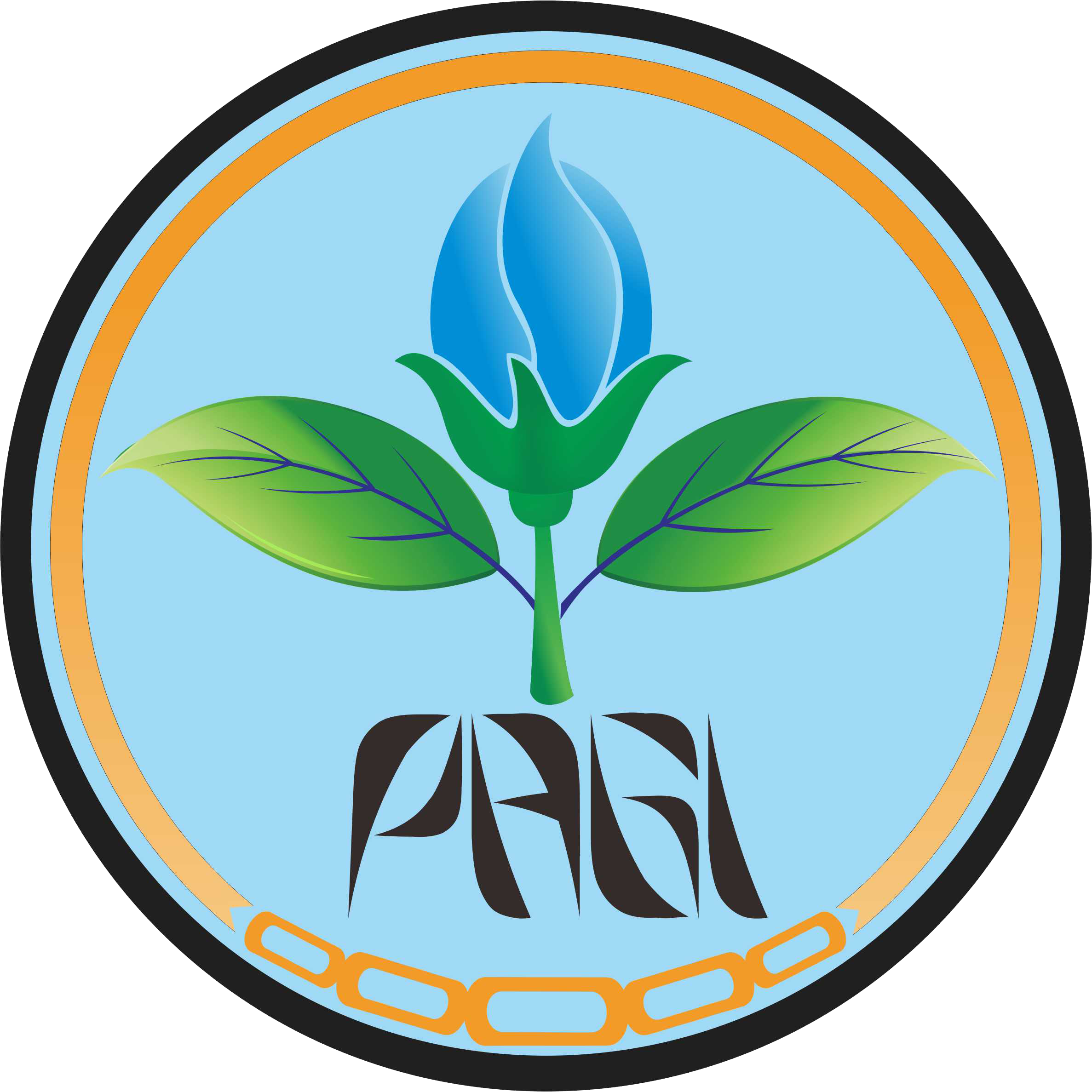Selection and Formulation of Endophytic Bacteria as Plant Resistance Elicitor against Wilt Disease of Tomato
Abstract
Wilt disease of Solanaceae caused by Ralstonia solanacearum reduce the crop quality and negatively affect the crop product. The objective of this research was to discover of endophytic bacteria formulation that effectively decreases bacterial which cause wilt disease on Solanaceae. The research consisted of purification of Ralstonia solanacearum, endophytic bacteria were obtained from the sample and the screening of endophytic bacteria using this following assay: antagonist assay, seedling assay and in planta assay. The results showed that in antagonist assay, the bacterial isolate code PS1, PS2, and PS8 could inhibit growth of R. solanacearum. From the seedling assay, it obtained that all of the isolates increased of percentage of germination, seed coating and powder formulation can decrease disease incidence of bacterial wilt disease.
Keywords
Full Text:
PDF(EN)References
Arwiyanto T, Simbolon FM. 2009. Biological Control of Solanaceous Plant Bacterial Wilt by Seed Coating. In: XVII International Conference on Bioencapsulation; 2009 September 24-26; Groningen, Netherlands. p. 24–26.
Athman SY. 2006. Review of The Role of Endophytes in Biological Control of Plant-parasitic Nematodes with Special Reference to The Banana Nematode, Radopholus similis (Cobb) Thorne. Thesis. Pretoria: University of Pretoria.
Bandara WM, Seneviratne G, Kulasooriya SA. 2006. Interactions Among Endophytes and Fungi: Effects and Potentials. J Biosci. 31(5): 645–650.
Fajinmi AA, Fajinmi OB. 2010. An Overview of Bacterial Wilt Disease of Tomato in Nigeria. Agric J. 5: 242–247.
Junaid JM, Dar NA, Bhat TA, Hussain BA, Bhat, MA. 2013. Commercial Biocontrol Agents and Their Mechanism of Action in the Management of Plant Pathogens. Int J Mod Plant Anim. Sci. 1: 39–57.
Kloepper JW, Ryu CM. 2006. Bacterial Endophytes as Elicitors of Induced Systemic Resistance. In: Schulz BJE, Boyle CJC, Sieber TN, editors. Microbial Root Endophytes. Soil Biology 9. Berlin: Springer.
Maheswari TU, Anbukkarasi K, Hemalatha T, Chendrayan K. 2013. Studies on Phytohormone Producing Ability of indigenous Endophytic Bacteria Isolated from Tropical Legume Crops. Int J Curr Microbiol App Sci. 2(6): 127–136.
Patel H, Patel RK, Khristi SM, Parikh K, Rajendran G. 2012. Isolation and Characterization of Bacterial Endophytes From Lycopersicon Esculentum. Nepal J Biotechnol. 2(1): 37–52.
Purnawati A, Sastrahidayat IR, Abadi AL, Hadiastono T. 2014. Endophytic Bacteria as Biocontrol Agents of Tomato Bacterial Wilt Disease. J Trop Life Sci. 4(1): 33–36.
Purnawati A, Nirwanto H. 2015. Biocontrol of Wilt Disease on Pepper Using Endophytic Bacteria in Malang Indonesia. J Biol Agric Healthc. 5(13): 100–102.
Waqas M, Khan AL, Hamayun M, Kamran M, Kang S, Kim Y, Lee I. 2012. Assessment of Endophytic Fungi Cultural Filtrate on Soybean Seed Germination. African J. 11(85): 15135–15143.
Yamaguchi S. 2008. Gibberellin Metabolism and its Regulation. Annu Rev Plant Biol. 59: 225–251.
Yuliar, Nion YA, Toyota K. 2015. Recent Trends in Control Methods for Bacterial Wilt Diseases Caused by Ralstonia solanacearum. Microbes Environ. 30(1): 1–11.
Zhou J, Wang Y, Jahufer Z. 2013. Location and Chemical Composition of Semi-Permeable Layer of Forage Seeds. Bangladesh J Bot. 42(1): 23–30.
Refbacks
- There are currently no refbacks.






